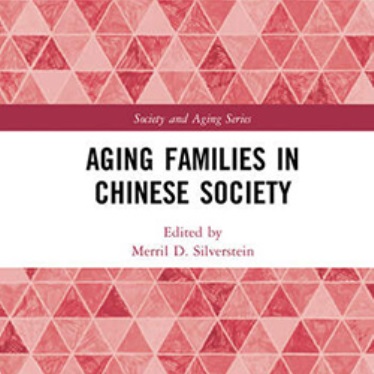Comparing Happiness Associated With Household and Community Gardening: Implications for Food Action Planning
Graham Ambrose, Kirti Das, Yingling Fan, Anu Ramaswami
Landscape and Urban Planning, February 2023
Municipal food action planning promotes local food production based on presumed environmental, health, equity, and well-being benefits. However, little is known about the well-being benefits of household versus community-scale agricultural gardening.
This exploratory study in the Minneapolis-St. Paul area, USA, presents a first direct comparison of happiness (net affect, average happiness, and average meaningfulness) associated with agricultural gardening at the two scales surveying 118 household and 55 community gardeners.
Although both groups, in our sample, were statistically similar demographically and reported similar interactions with their gardens (frequency: 3.0–3.6events/wk; duration-of-event: 1.45–1.84hr; and total-time/week: 3.78–5.30hr/wk), different self-reported, happiness patterns emerged.
For both groups, gardening’s net affect ranks among the top five among 12 daily activities. Community gardeners’ average net affect while gardening (3.25; scale −6 to 6) is significantly higher than biking (2.32) and walking (2.08), whereas household gardeners showed no difference across these two activities.
Through matched regressions (by demographics), community gardeners report statistically higher net affect (Δ = 0.664, p-value = 0.034) and peak meaningfulness (Δ = 0.254, p-value = 0.001) while gardening. Community gardener’s net affect while gardening correlates negatively with family-companionship (Δ = -0.660, p-value = 0.038) and positively with neighbor-companionship (Δ = 0.945, p-value = 0.009).
Companionship had no significant association for household gardeners. Additionally, female (Δ = 0.389, p-value = 0.037) and low-income household gardeners (Δ = 1.516, p-value = 0.009) reported higher gardening net affect than counterparts; these differences were not significant for community gardeners in this study.
Results suggest community gardening generates greater net affect, while household gardening could specifically improve well-being for women and low-income gardeners. Food action plans should consider both household and community gardening for varying benefits.
Related News
Commentary

Jul 8, 2024
School News

Jul 8, 2024
Research

May 3, 2024
Research

Apr 15, 2024
